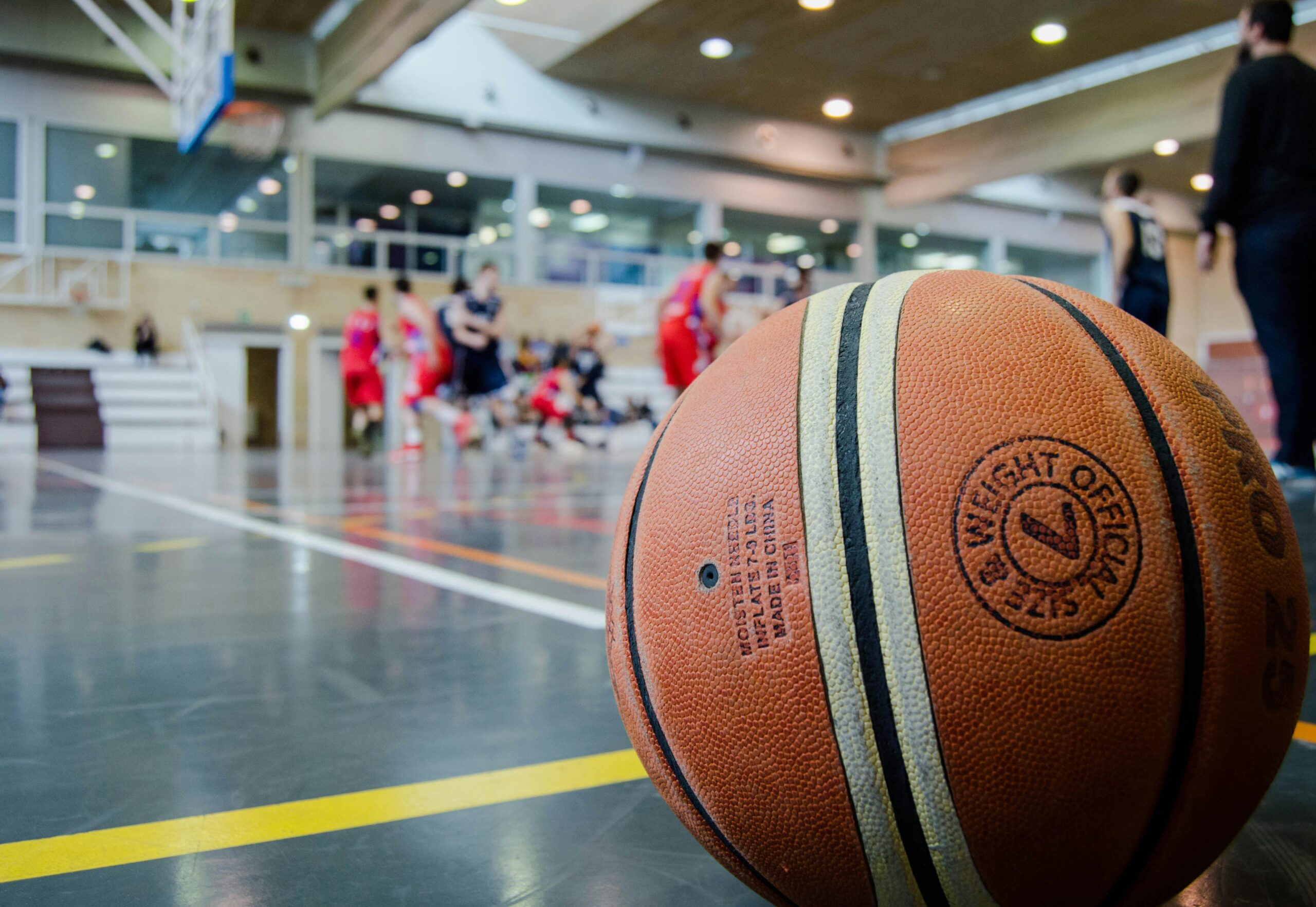
The Hard Truth About Basketball Training
The basketball court is where athletes go to prove their skill—but your preparation off the court is what makes the difference. It’s not just about being in shape or spending hours in the gym. It’s about training with intention, focusing on the demands of your position.
Ask yourself: are you tailoring your workouts to your role, or just following a generic routine? A one-size-fits-all approach doesn’t cut it in today’s competitive landscape. Point guards, centers, wings—all require unique skill sets and physical attributes. Without position-specific training, you risk falling behind.
Position-Specific Training: Why It Matters
Basketball is dynamic. It’s a game that requires agility, strength, endurance, and mental acuity—all of which vary based on the position you play. Here’s the breakdown:
- Point Guards need quickness, court vision, and endurance.
- Shooting Guards thrive on agility, sharp shooting, and defensive lateral quickness.
- Small Forwards must balance scoring, defending, and versatility.
- Power Forwards require explosiveness, strength, and rebounding ability.
- Centers dominate with size, footwork, and post moves.
If your workouts don’t align with your role, you’re wasting time—and limiting your potential.
Workouts for Each Basketball Position
1. Point Guards: The Floor General
Point guards are the heart of the team. Their training should focus on quickness, decision-making, and endurance.
- Speed Drills: Use ladder drills, cone drills, and sprints to improve foot speed and change of direction.
- Core Strength: Planks and rotational exercises enhance balance and stability for sharp cuts.
- Ball Handling Under Pressure: Dribble drills with resistance bands or two-ball dribbling increase control and confidence.
Pro Tip: Simulate game scenarios by adding passing accuracy drills while on the move.
2. Shooting Guards: The Scoring Sniper
Shooting guards need elite shooting skills and defensive quickness. Focus on:
- Catch-and-Shoot Reps: Work on catching the ball from different angles and releasing quickly.
- Lateral Agility: Defensive slides with resistance bands sharpen your defensive prowess.
- Upper Body Strength: Weighted push-ups and pull-ups improve shooting range and endurance.
Pro Tip: Practice shooting under fatigue by running sprints before your shooting drills.
3. Small Forwards: The Versatile Star
Small forwards are the most versatile players, requiring a mix of speed, strength, and agility. Include:
- Explosiveness: Box jumps, broad jumps, and medicine ball slams improve power.
- All-Around Skills: Alternate between ball-handling, shooting, and defensive drills to maintain versatility.
- Strength Training: Compound lifts like squats and deadlifts build strength for drives and rebounding.
Pro Tip: Incorporate scrimmages where you play different roles to build adaptability.
4. Power Forwards: The Paint Protector
Power forwards are enforcers who dominate the paint. Their training should focus on explosiveness, strength, and mid-range shooting.
- Rebounding Drills: Simulate grabbing boards with weighted jumps and overhead medicine ball throws.
- Post Moves: Practice spin moves, up-and-unders, and hook shots with a defender.
- Leg Strength: Heavy squats, lunges, and step-ups improve power for boxing out and posting up.
Pro Tip: Add free-throw practice to every workout—power forwards often draw fouls.
5. Centers: The Dominant Big Man
Centers control the game near the rim. They need size, footwork, and defensive presence.
- Post Footwork Drills: Work on pivots, drop steps, and counter moves with a coach or teammate.
- Shot Blocking: Practice vertical jumps and timing to perfect your shot-blocking ability.
- Grip Strength: Farmer’s carries and wrist curls improve ball security and rebounding.
Pro Tip: Include conditioning drills like running the court at full speed to stay effective in transition.
Tips for Implementing Position-Specific Workouts
- Evaluate Your Role: Know your strengths, weaknesses, and position responsibilities.
- Work With a Coach: A skilled trainer can help create a customized program for your position.
- Combine Skills and Conditioning: Simulate game scenarios to build endurance and skills simultaneously.
- Track Progress: Keep a journal to monitor improvements in your performance.
- Focus on Recovery: Adequate sleep, stretching, and hydration are critical for progress and injury prevention.
Are You Training Like a Pro?
Basketball legends aren’t born—they’re built through intentional effort and smart training. Whether you’re working on your handles, improving your rebounding, or perfecting your shot, position-specific training can elevate your game to the next level.
Track Your Growth with Our Self-Care Journals
Being a great athlete isn’t just about physical fitness—it’s about mental resilience and self-awareness. Our Self-Care Journals for Athletes are designed to help you reflect on your training, set goals, and stay focused both on and off the court.
